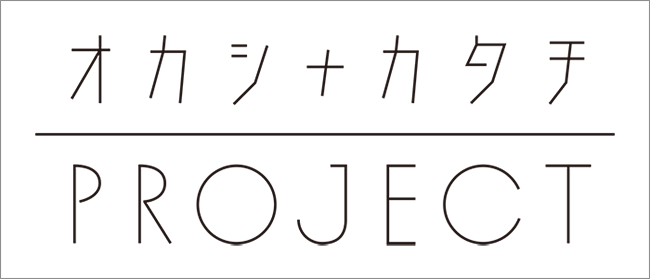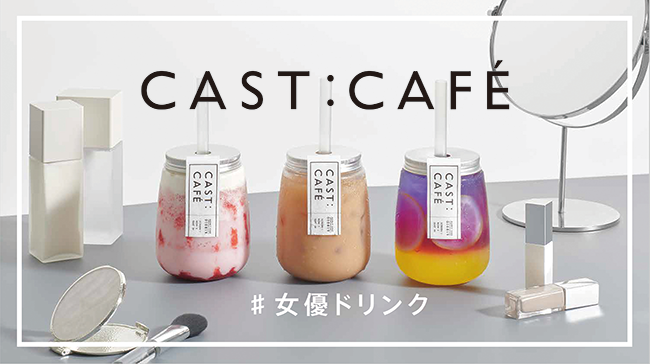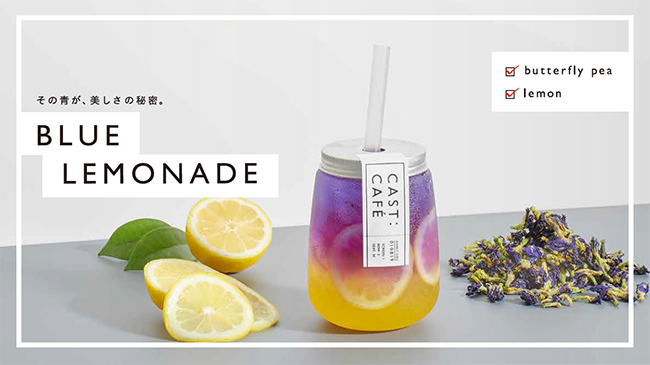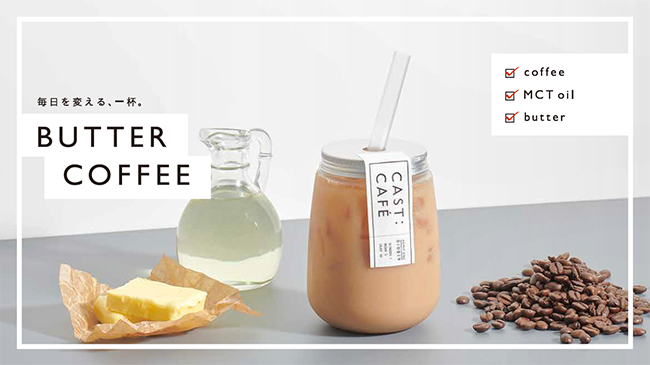Note: This website was automatically translated, so some terms or nuances may not be completely accurate.
In the Age of Instagrammability, Food × Art Redefines Value
In recent years, art directors active in new fields have been gaining attention. Take "Art × Food," for example. Products offering novel culinary experiences, developed through the unique perspective of art directors, are emerging.
One such example is the "Ukiuki Donut," created as a summer-friendly donut. It redefines the value of donuts by combining "summer" and "donut."
The idea for this new product came from Art Director Hitomi Matsushita (Dentsu Inc., Creative Planning Division 3). As a member of Dentsu Inc.'s "Food Lifestyle Lab," what led her to connect art with food, and art with donuts?

What if an art director created a new donut?
──Tell us about the "Ukiuki Donut."

This is a summer-limited donut released by " ROOTH2-3-3 " in Omuta City, Fukuoka Prefecture. We developed a donut that lets you enjoy a cool feeling even in the hot summer by envisioning the donut as a swim ring and combining it with an icing cookie girl in a swimsuit.
Since January this year, I've been part of Dentsu Inc.'s internal organization, the Food Lifestyle Lab (Food Lab). The Food Lab tackles social issues through "food" and launched the "Okasina Katachi Project" to make the world happier with "Sweets × Art." The Ukiuki Donut is the first project under this initiative.

The idea for this donut actually predates my joining Food Lab. I'd casually brainstormed with a friend who runs a restaurant, saying things like, "Wouldn't it be fun if there were sweets like this?" We'd toss around all sorts of ideas for fun, saving them on my computer like a collection of little notes. Sweets are something that fill you with happiness, and above all, I absolutely love sweets myself, so this was truly just a hobby.
I live near Harajuku, where all kinds of sweets instantly become the talk of the town, drawing long lines. Plus, the trend cycle is incredibly fast. The speed from product development to actual launch is astonishingly quick, and eating these treats delivers a direct experiential value to consumers. It reminded me of the process in advertising work: launching promotions to create buzz in the world. Furthermore, Instagrammability is now the main driver for creating buzz. And that's precisely where art directors excel.
Around that time, major international donut chains were pulling out of Japan, a certain convenience store chain stopped selling donuts in-store, and there was even news saying "donuts don't sell in summer." Amidst this, I thought, "Can't we create new value?" and the prototype idea for Ukiuki Donuts was born.
How could we get attention during the summer when donuts don't sell?
──How did you then turn it into a project?
When I joined the Food Lab, I showed the members a collection of fun facts about sweets during my self-introduction. That's when they said, "This is interesting, let's make it happen!" I was giving voluntary presentations to Dentsu Inc. employees, and through a fortunate connection, I was introduced to ROOTH2-3-3, leading to the product launch.
The owner of ROOTH2-3-3 is originally from Fukuoka Prefecture. They have a strong desire to revitalize the region and give back to their hometown, and opening this shop is part of that effort. I grew up in Kumamoto, close to Omuta, so I was deeply moved by that sentiment and thought this idea could be a way to give back to the community.
Our development focus was, above all, visual appeal. How could we differentiate it visually from other donuts? And how could we make people want to eat donuts in summer?
The art director excels at visually interpreting things and likening them to different categories that share similar appearances. Just as we likened the donut's round shape with a hole in the middle to a swimming ring this time, we explored how to make such leaps in expression. I believe this perspective, different from that of a pastry chef, is precisely what sparked such ideas.
That said, working with "food" presented its own challenges. Balancing food hygiene regulations, taste, and preparation methods wasn't easy, and with low profit per piece, cost management was tough too... However, the pastry chefs were incredibly cooperative, and I believe we solved each issue as one team. Making these detailed compromises and adjustments is similar to regular advertising work, so I could leverage my past experience.
I hope we can continue developing products that change the value and perception of donuts, and in doing so, help invigorate the local community even a little.
It would be interesting to have a drink with a story behind it.
Beyond Ukiuki Donuts, our food-related work is expanding. Recently, we launched something called "Actress Drinks."

This project is related to the apparel brand "CAST:", which opened on July 31st. CAST: has the theme "Wearable Movies," creating films where the movie itself becomes the promotional video for the brand's products. There are brand lines inspired by three women featured in the film, and a system allows viewers to purchase items seen in the movie through cinemacommmerce while watching.
I was involved in launching this brand and directed the "CAST: CAFE" drink corner at their Shibuya flagship store. That's where I conceived the Actress Drinks.
These drinks were created to embody the three protagonists of the film. I developed them alongside the food team, focusing on ingredients and flavor. Drawing insights from multiple food lab reports, I selected ingredients that are currently trending and also offer beauty benefits.



──What do you hope to pursue next in the "Food × Art" field?
In fashion, proposing ideas to society or combining it with art has become commonplace, but I believe food still holds immense untapped potential. For example, while there are countless conservative, cute sweets out there, I rarely see sweets that raise social issues. It would be fascinating if cute sweets could pose social questions. Additionally, adding meaning and stories to food, like with the Actress Drinks, is a perspective unique to an art director involved in advertising.
Our strength lies in incorporating insights from fields beyond food—like fashion, product design, and advertising. I want to propose new food concepts through fresh perspectives.
Another point: sweets and confections are also important as "souvenirs," so we want to brand souvenirs that revitalize regions. Sweets can make people happy just by eating them, and giving them as souvenirs can also serve as a communication tool.
While food waste is a growing concern, 3D food printers are gradually becoming practical. Food will only gain more attention going forward. Within this landscape, we'd be thrilled to use our ideas to create something new. I'm hoping for delicious projects to come our way—just enough to keep us going without putting on weight!
Was this article helpful?
Newsletter registration is here
We select and publish important news every day
For inquiries about this article
Author

Hitomi Matsushita
Dentsu Inc.
Third Creative Planning Division 2, CR Transformation Division
Art Director
In addition to art direction for corporate advertising, he also handles apparel brands, spatial design, and product design.

